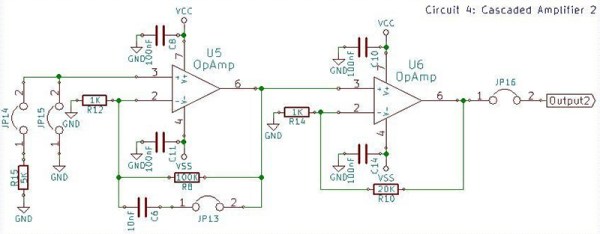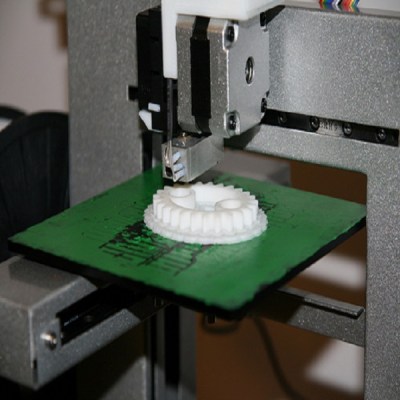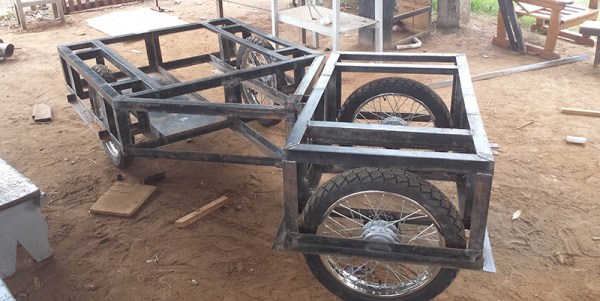One of [Chris Hamilton]’s entries for The Hackaday Prize deals directly with his job. He works at Fyber Labs designing wearable and flexible electronics. While anyone can go out and buy some flex sensors and every large board house can make flex PCBs, there aren’t many people building flexible products, and even fewer are creating the tools to build these wearable electronics. To solve this problem, [Chris] is building Flex Modules, circuit boards that combine the ease of use of breadboard-compatible modules with something that can be placed on a flexible PCB.
This is a toolkit for [Chris] and he already has a ton of modules that are either completed or in the works. The Flex Sensor ADC Buffer and Filter is meant to read flexible sensors, the STM32F401 module puts an incredibly powerful microcontroller in these projects, and the 12axis module gives these projects pressure, humidity, gyro, and temperature sensors. There are over two dozen modules [Chris] is working on, and each of them work with his system for flexible electronics.
If you’d like to see an example of what these modules can do, check out the Dance Kit [Chris] built. It’s a wearable LED strip with motion feedback and bioelectric monitoring. Without being flexible, this project would be a huge unwieldly mass of circuit boards. With these modules, it was easy to create a wearable solution to the problem.










 Imagine a future where a 3D printer is as common as an ink jet printer in homes all across the world. A future where you could buy filament from the supermarket down the street, and pick up a new printer from any hardware store. A future where dishwashers, refrigerators and bicycles come with .stl files that allow you to print upgrades or spare parts. A future where companies compete to give the market easy-to-use printers at the cheapest price.
Imagine a future where a 3D printer is as common as an ink jet printer in homes all across the world. A future where you could buy filament from the supermarket down the street, and pick up a new printer from any hardware store. A future where dishwashers, refrigerators and bicycles come with .stl files that allow you to print upgrades or spare parts. A future where companies compete to give the market easy-to-use printers at the cheapest price.

















